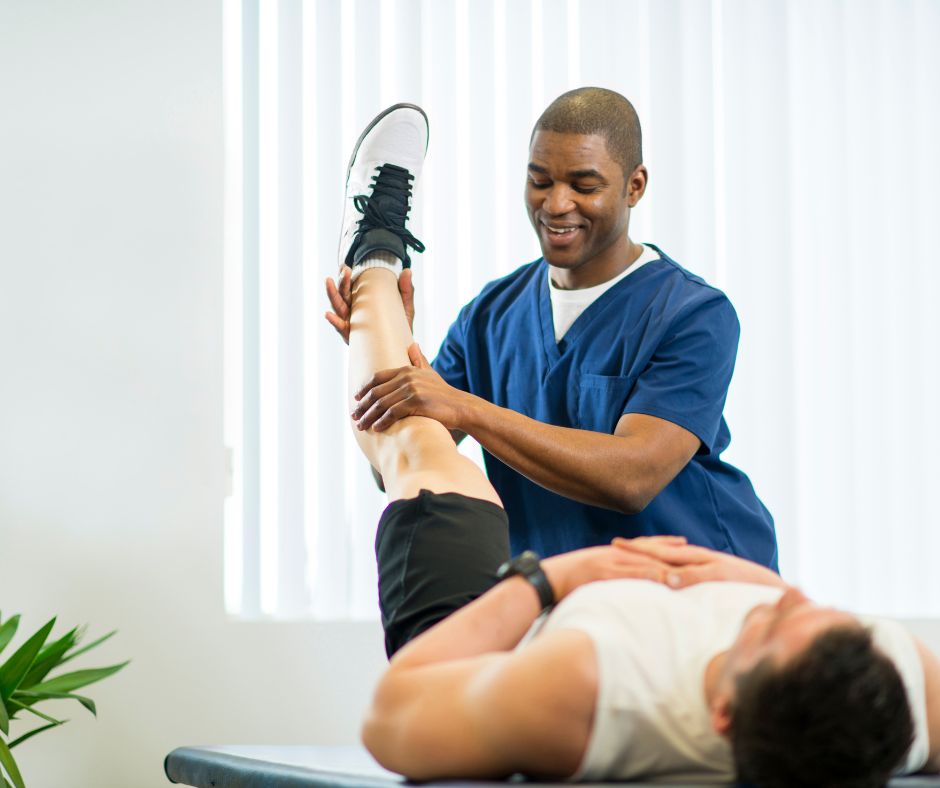Utilizing the Strength of Physical Activity to Reduce Chronic Discomfort and Improve Quality of Living
Utilizing the Strength of Physical Activity to Reduce Chronic Discomfort and Improve Quality of Living
Blog Article

Chronic discomfort impacts millions of individuals worldwide and can substantially diminish the standard of life. It can arise from multiple disorders, such as arthritis, chronic pain syndrome, or previous traumas. While medications and treatments are frequently used to control pain, a expanding body of research shows that exercise can serve a crucial role in relieving chronic pain. Engaging in consistent physical exercise can not only assist reduce pain intensity but also improve overall well-being and functionality. Comprehending how exercise impacts the physical state can enable individuals to assume control of their pain management.
Physical activity has several bodily benefits that can aid alleviate chronic pain. When individuals participate in exercise activities, their systems produce endorphins, which are innate pain-killers. Additionally, exercise can boost blood flow and fortify muscles, providing superior support for articulations. For those with conditions like arthritis, low-impact workouts such as swimming or cycling can help maintain joint flexibility without putting excessive stress on the system. Consistent exercise also assists in preserving a fit weight, which can lessen the pressure on load-bearing joints and additionally ease pain.
In furthermore to its physical benefits, exercise has a positive effect on emotional health. Chronic pain can often result to emotions of anxiety and depression, which can exacerbate the experience of pain. Participating in regular physical activity can help combat these feelings by boosting self-esteem and elevating mood. Group exercises, such as yoga or pilates, also provide communal interaction, which can improve emotional support. This combination of physical and mental health benefits makes exercise an crucial component of a holistic pain relief strategy.
It is crucial to approach exercise with caution, particularly for those managing with chronic pain. Beginning slowly is crucial to prevent worsening symptoms. Patients should think about seeking advice from healthcare experts to develop a personalized exercise plan that considers into consideration their particular conditions and constraints. Activities such as flexibility training, walking, or gentle yoga can be great starting points. Slowly increasing the intensity and length of sessions can assist build strength and endurance without causing undue strain on the system.
In summary, harnessing the power of exercise can significantly alleviate chronic pain and improve quality of life. Regular physical exercise not only assists to reduce pain through the release of useful source endorphins and improved muscle strength but also supports mental health. By including exercise into regular routines, individuals can empower themselves in controlling their pain. A thoughtful and knowledgeable approach to exercise, guided by healthcare experts, can bring to lasting benefits in health and overall quality of life.